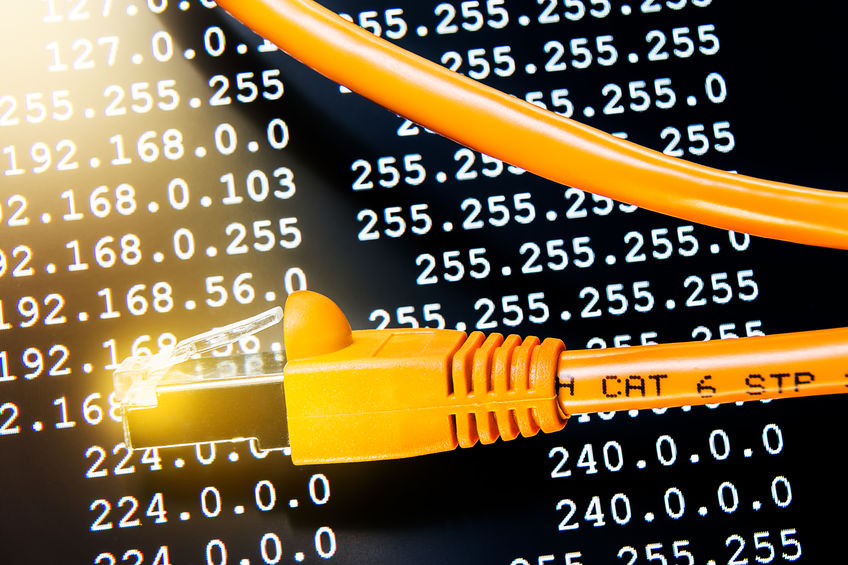In the previous parts of this ongoing series of networking in AVL systems, we’ve covered some foundational terminology and concepts (Part 1), the OSI (Open Systems Interconnection) model which gives us a framework of how different network protocols operate and interact (Part 2), and an introduction to VLANs which can be used to isolate different types of network technology on shared physical network topology (Part 3). Now, in Part 4, we’ll delve into IP addresses and subnets.
IP addresses, subnet masks, and default gateways might look familiar to those who have set up a home network or a tablet to control a mixing console, but they can often be the root of confusion and misunderstanding. For example, it might look familiar to have a computer with an IP address of something like 192.168.1.45, a subnet mask of 255.255.255.0, and a default gateway of 192.168.1.1.
But let’s go over the basics of how these actually work. Diving into this topic can lead to a long safari of things to learn, but a firm understanding of the basics will provide a good foundation that will help in avoiding common mistakes as well as ease communication and collaboration with IT folks.
Starting At The Top
IP addressing is used at Layer 3 on the OSI model. We learned about the first few layers of the OSI model in Part 2 of this series. As noted, many AVL protocols operate at Layer 1 and 2, which means that they don’t use IP addresses. Layer 3 is where we find protocols such as Audinate Dante, QSC Q-LAN, and many control systems (e.g., computer or tablet control of an audio console, projector, or a camera).
There are a few core concepts to learn in order to get an understanding of how all of this works. The list of things to learn about goes on and on but today we’ll focus on how IP addresses work, subnet masks, gateways, and DHCP (Dynamic Host Configuration Protocol). You may see options and references out there for IPv4 (internet protocol version 4) vs IPv6. In this case, we’ll focus on IPv4 as it’s the most widely used in our field.
IP Addresses
IP addresses are a configurable address that can be assigned to a device on the network. Where a MAC address (see Part 2) is a specific hardware address, IP addresses can be assigned to devices and need to be done methodically to allow devices to communicate with each other within a subnet.
An IP address is a 32-bit binary number, but we almost always see them notated as four decimal numbers divided by periods. We typically call these segments “octets” because they represent 8 bits each. Let’s look at how this works.
For example, a device has an IP address of 192.168.1.45. Each of these dotted segments represents an 8-bit binary number. So, this becomes 11000000.10101000.00000001.00101101.
After looking at that long string of ones and zeros, I’m sure you can see why we notate IP addresses using the decimal system. Knowing how to convert the IP address from decimal to binary isn’t all that useful a skill for most of us, but it’s helpful when it comes to explaining how subnet masks work later.
IP addresses are broken into two parts: the network address and the host address. The first three sets of numbers (octets) in an IP address make up the network address. It determines what each device needs to have in common for them to communicate with each other within a subnet. The last set of numbers (octet) make up the host address are unique to that specific device. That might have sounded more complicated than it should have. Let’s look at our example IP address of 192.168.1.45.
In this case 192.168.1. is the network address, and .45 is the host address. In Figure 1, notice how we just split that after the third segment? For devices on this subnet, they will all have an IP address starting with 192.168.1. – and will end in a unique number between 1 and 254 – 0 and 255 are reserved for other things.





















